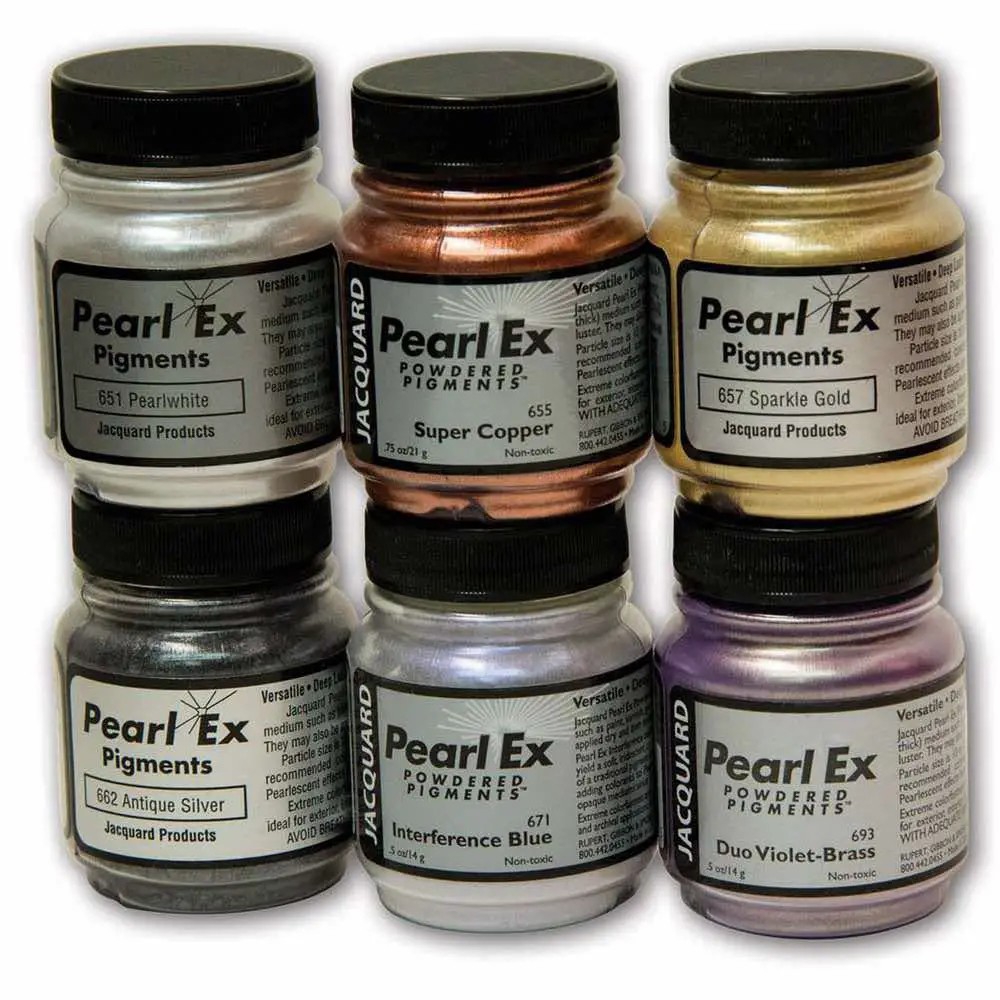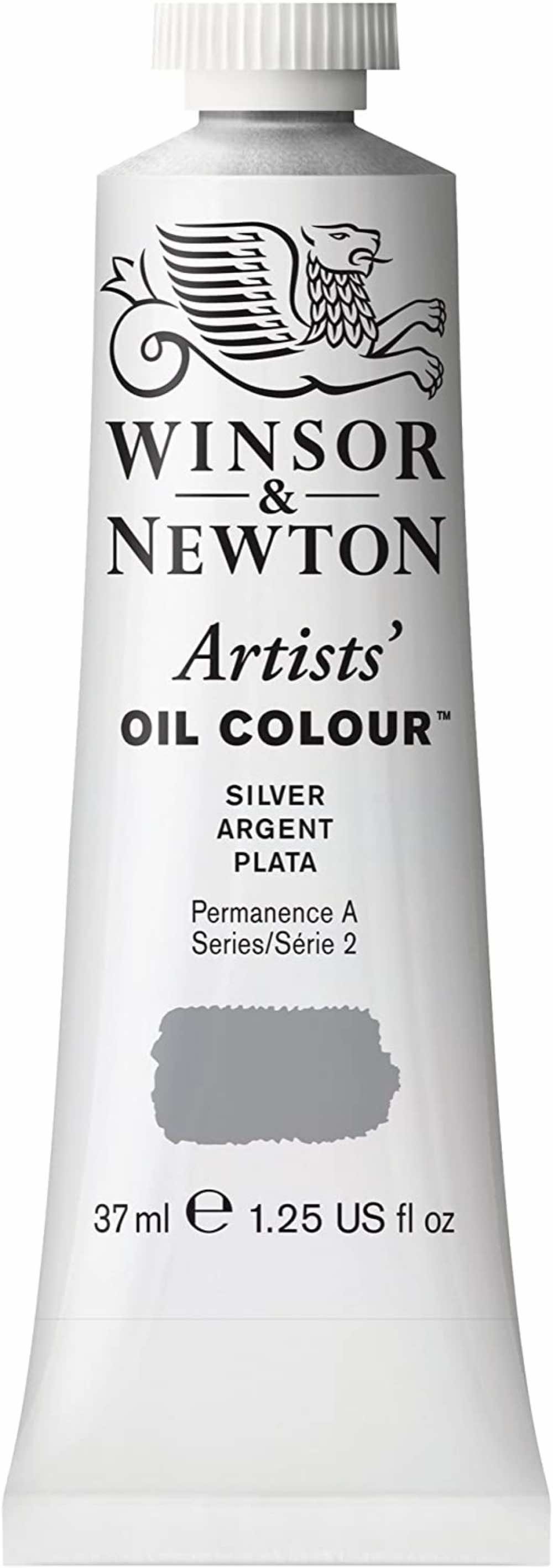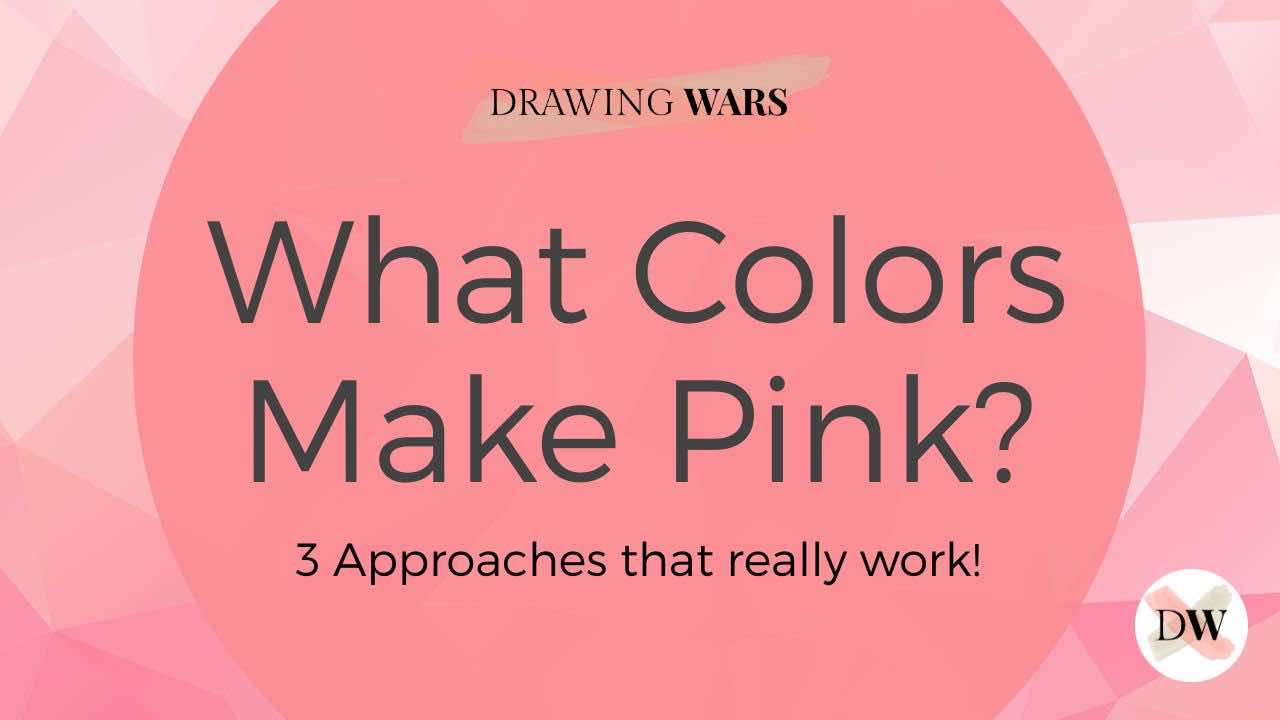
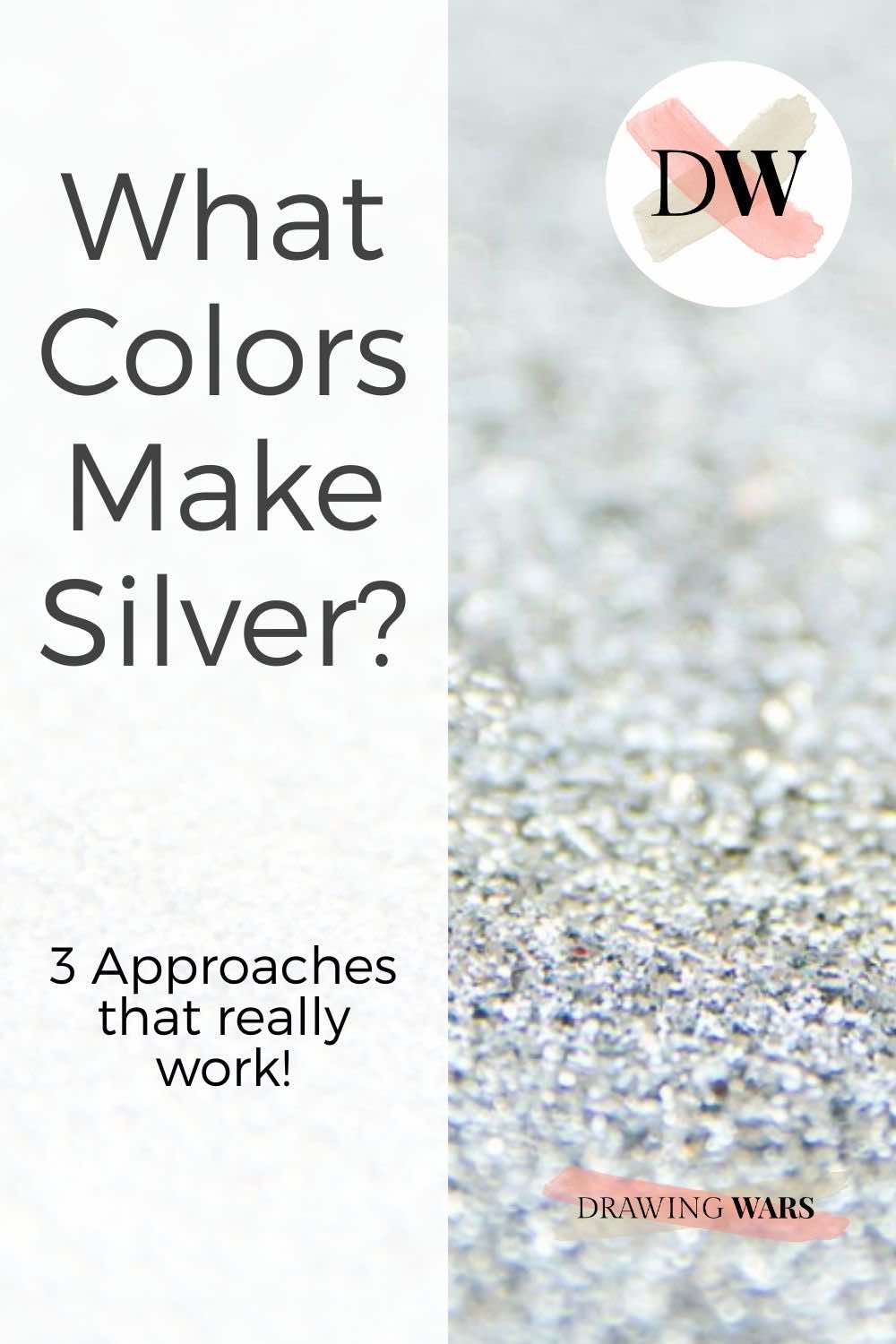
Silver: An Introduction
Metallic colors are used for adding a bit of glamor and shine to any art, design, or craft project. While silver, gold, and bronze are three of the most common metallic colors, you can get many mixed hues such as rose gold, etc. When we first started experimenting with color mixing, we wanted to create our own metallic paint. So we decided to keep things simple in the beginning and start with making silver.
Silver is a metallic color that can be created by using grey. To get grey, three approaches can be followed: mixing black with white, mixing two complementary colors, or mixing red, yellow and blue together.
What type of color is silver?
Silver resembles grey in the way it looks!
Although grey doesn’t shine, it is a neutral color that has the same appearance as silver. And since neutral colors don’t appear on the color wheel, you have to mix them using the primary colors red, yellow, and blue.
Grey is one of the neutral colors, and you can use it to mix with other colors to create mid-range values.
The 3 Approaches to Create Silver by Color Mixing
Color mixing is all about handling the proportions well.
To get silver, you will have to make grey first. If you’re feeling overwhelmed by the color wheel, don’t worry. Just follow the steps below in order and you’ll get the most perfect silver color ever after mixing a grey hue!
1. Create grey by mixing black and white
Black, white, complementary colors - you can create grey in many ways.

Mixing equal parts black and white will always result in a grey.
While black is the darkest, you can always play around with white beforehand. For instance, you can use cream white instead of pure white. You can also choose to use titanium white instead of zinc white.
PRO-TIP
adjust the tonal values
It's very easy to go lighter or darker using white and black. If you want a brighter and lighter grey, add more white. But if you want a darker grey, simply add more black!
2. Use complementary colors to get grey
Mix two opposite colors on the color wheel.
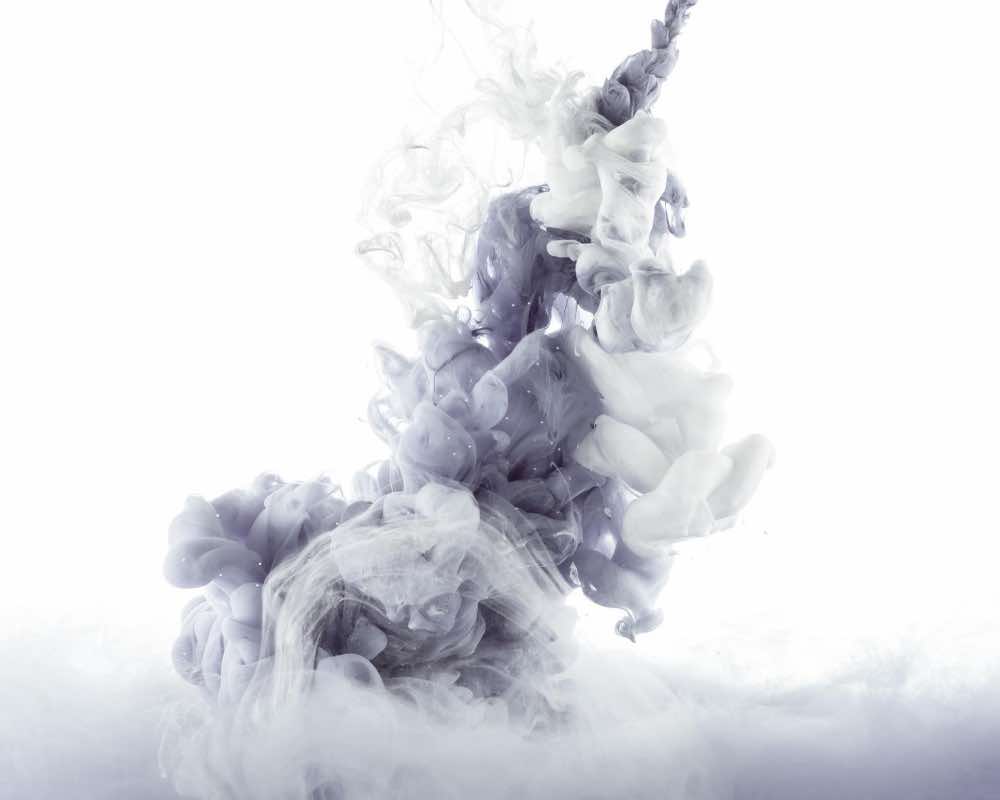
Any two colors that are opposite to each other on the color wheel are known as complementary. When two complementary colors are mixed together, they create a neutral color like brown or grey, depending on the proportions of each color used.
Keeping that definition in mind, here are a few complementary colors to consider from the color wheel:
- Red and Green
- Blue and Orange
- Yellow and Purple
PRO-TIP
maintain the proportions
For instance, if you add more yellow to the yellow-purple mix, it would be closer to brown. Similarly, adding more purple could make it violet so balance is key when creating grey using complementary colors!
3. Mix all three primary colors (red, blue, and yellow) to create grey
Red, yellow and blue - Mix all three to get a well-balanced grey!
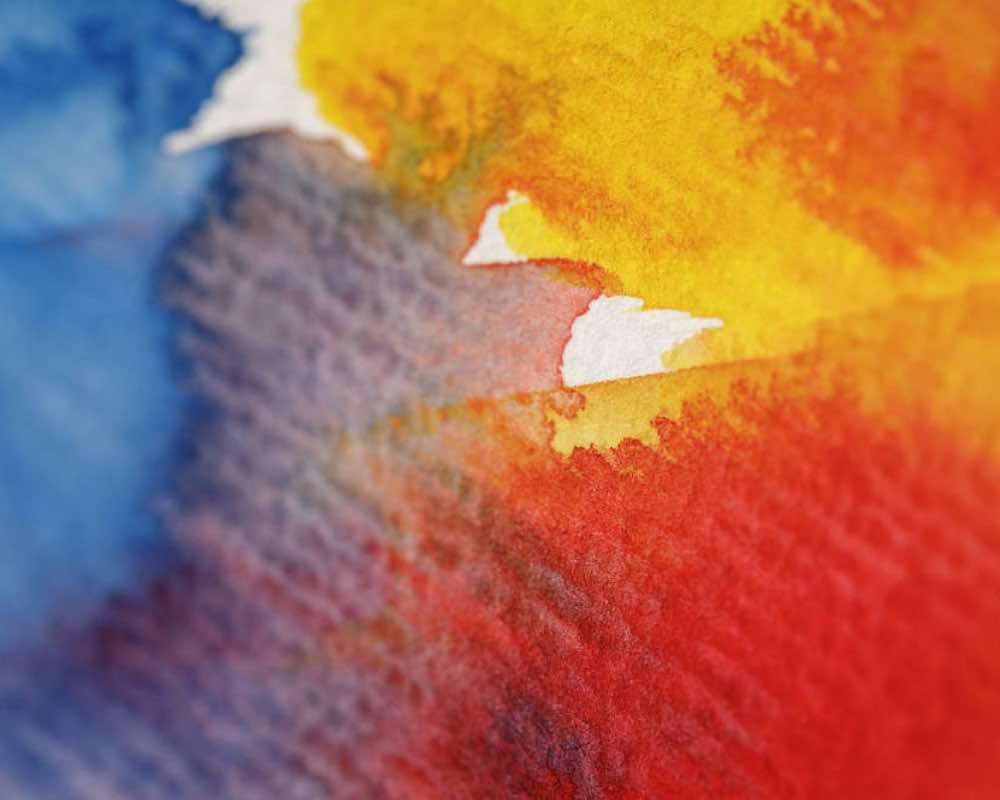
All the three primary colors (red, yellow, and blue) can be combined to create a neutral brown or grey.
When mixed in equal proportions, the primary colors can also give you black, which you can then mix with white to get grey.
Tuning the Grey
You can use any of the above three approaches to get a grey color. But after that, you can also make the grey color warmer or cooler and lighter or darker.
1. Adjusting the color temperature of Grey
You can make the silver color by cool or grey.
The simplest way to create grey is by mixing black and white. However, to control the color temperature of grey, it is necessary to handle the proportion of blue and red or yellow.
Red and yellow are warm colors. So if you increase the proportion of these two in your grey mix, you will end up with a warm grey .
Blue is a cool color. So if you have more blue compared to yellow and red, the grey you get will be a cool grey .
PRO-TIP
adjust the grey tone
You can always make the grey lighter or darker. By adding black to grey, the mix would become a shade and you could go as dark as you want. Mix white if you want to go lighter and get a 'tint' for your grey color.
2. Adding the metallic touch of silver to grey
Silver is a metallic color, so you need to add some shine to it!
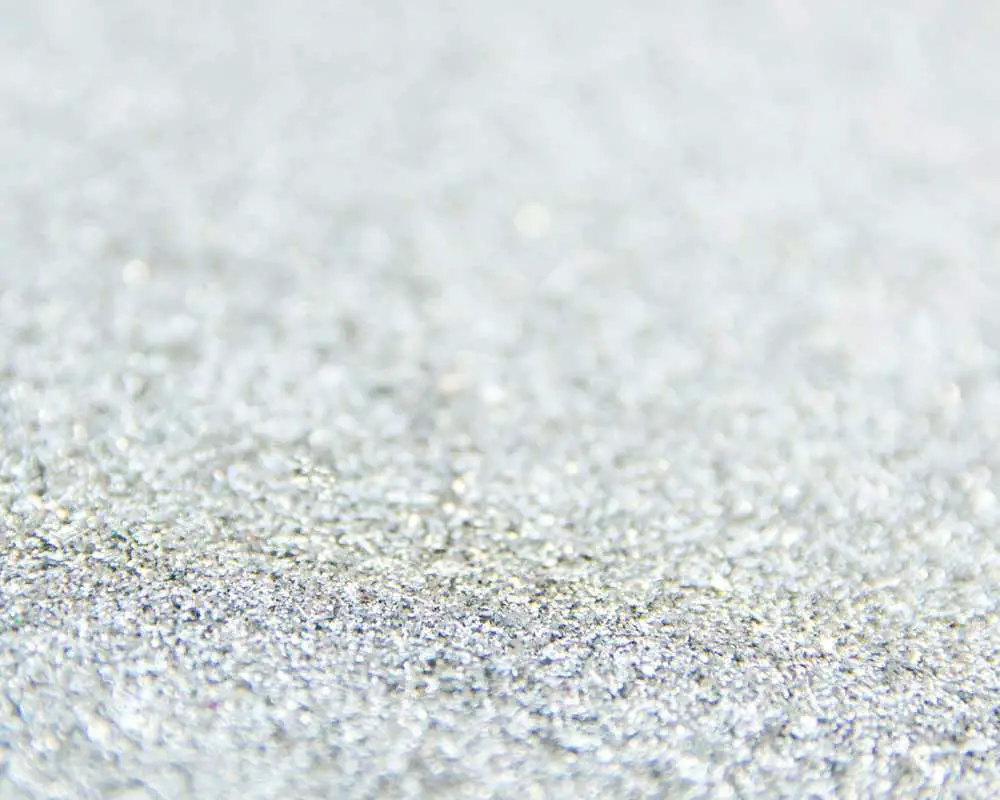
Once you have your desired grey, it’s time for the final touch. You would need to add some shimmer or shine, otherwise, you can’t call the color silver - it would just be a plain grey!
So you would need to add a bit of silver metallic powder or pigment.
If you don’t already have silver metallic powder, we highly recommend getting this set . It has an amazing shade of antique silver you don’t want to miss out on!
Pearl Ex Pigment 6 Color Set
This set of 6 shiny glitter pigments are excellent for creating all types of shimmering paints. The pigments can also be mixed with silver pigment to create all types of silver hues.
WARNING!
precautions for metallic powder
The metallic powder can create a lot of dust. Never use it in a cramped space, also make sure the area is well-ventilated.
Making Silver across different painting media
The shimmer of silver is the same across all painting media.
Let’s have a look at using silver in three of the most common painting media.
Mixing silver in acrylic paints
For acrylic paints, you don’t need extra material. The basic acrylic painting kit consists of red, blue, yellow, black, and white. Simply follow any of the above three approaches to create grey.
Mixing silver in oil paints
Traditionally, silver isn’t a common color element in oil paintings. It’s more of modern paint color and you can use it to add a bit of shine into any other color. It’s easier to use silver paint that’s already available in oil paints.
If you’re looking for readymade silver oil paint, then we highly recommend getting this one from Daler-Rowney.
Winsor & Newton Artists' Oil Color
This oil paint tube from Winsor & Newton provides classy blending with a natural silver shine.
Mixing silver in watercolor paints
** Creating silver could get tricky with watercolor paints. To improve the consistency, artists even add gum arabic or a bit of honey to handmade watercolor paints. Ultramarine and french sienna are usually the two colors available in almost every watercolor set. Mixing these two hues creates a warm grey color which can serve as an excellent base for silver watercolor paint.
PRO-TIP
add silver ink
Silver is also available as watercolor or acrylic ink. If you want to tint any watercolor hue with silver, you can mix a few drops of watercolor paint with a particular color.
Fun Facts About Silver: Color Psychology
Silver has almost the same traits as that of grey.
The glamorous qualities of silver are there because it shimmers and shines! Otherwise, since the base color is grey, the color psychology is that of grey too. By adding silver to any art or design project, you can expect a modern and sleek touch. Other than that, you can have a look at the following positive and negative traits of silver.
| Positive Traits | Negative Traits |
|---|---|
| High-tech | Unemotional |
| Modern | Deceiving |
| Glamorous | Insincere |
| Graceful | Immoral |
| Wealth | Enigmatic |
| Calming | |
| Responsible |
Conclusion
So silver is a metallic color that you can create all by yourself! But before you can get to the stage of metallic silver paint, you would need to create grey. There are three approaches to making your own grey color: mixing black and white, mixing two complementary colors, and mixing the primary colors red, blue, and yellow. You can also adjust the color temperature of the grey as well as its tonal values (brightness or darkness). Once you have the grey color you desire, you would need to add metallic powder or silver pigment into the mix and you’re good to go with your very own silver paint!
Do you want to learn more about color mixing? Then you’d love to read this post about what happens when you mix yellow with pink !

By Jimena & Iñigo
The Navarro-Rubios
My husband and I are learning how to draw and paint. We wanted to share this learning process with the world and have fun! That's why we created this blog. We'll have drawing contests every week and you'll decide who won that week! Follow along and learn with us!

Jimena & Iñigo
The Navarro-Rubios
My husband and I are learning how to draw and paint. We wanted to share this learning process with the world and have fun! That's why we created this blog. We'll have drawing contests every week and you'll decide who won that week! Follow along and learn with us!
